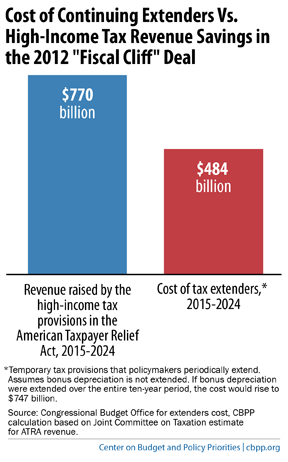Ten Ways to Lower Your Taxes
Post on: 29 Май, 2015 No Comment

Here are some basic strategies for lowering your taxes.
1. Earn Tax-Free Income
Some income is not subject to income tax. By earning more tax-free income, a taxpayer can lower their tax liability. Simple ways to do this include selling a primary home, investing in bonds, depositing money in a tuition plan for your child’s education, opening a health savings account, and taking advantage of certain benefits offered by an employer like health benefits, life insurance, disability insurance, dependent care assistance, and educational assistance.
2. Contribute to a Flexible Spending Account
Another easy way to lower your taxes is to pay into a tax-free health flexible spending account. Contributions made to a flexible spending account are not subject to employment or federal income taxes.
If the employer participates, an employee can voluntarily elect to contribute a certain amount of money into the account at the beginning of the year. During the year the employee participates, the employer will periodically deduct a payment for the elected amount from the employee’s paycheck, but the employee can receive the maximum reimbursement at any time.
Employees can use the money in a flexible spending account for reimbursements for qualified medical expenses incurred during the coverage period. The employer, however, keeps any money remaining in the account at the end of the year.
3. Maximize Deductions
Tax deductions reduce taxable income. The amount saved in taxes depends on the taxpayer’s tax rate. A taxpayer can take a standard deduction or itemize deductions. Itemized expenses can include medical and dental costs, mortgage points, mortgage interest, property taxes, state income taxes, charitable contributions, and business expenses such as operating costs, travel expenses, and the use of a home for business purposes.
4. Maximize Tax Credits
As opposed to a tax deduction, a tax credit can lower your taxes dollar for dollar. A tax credit will reduce the amount of taxes you must pay. The government uses tax credits to encourage taxpayers to engage in certain activities or to grant tax relief.
The IRS gives the following types of credits: earned income credit, first-time homebuyer credit, child and dependent care credit, adoption credit, education credit, and retirement savings contributions credit. The IRS adds new tax credits every year. In 2009, qualified first-time homebuyers could receive a tax credit of up to $8,000 and taxpayers that bought a new car could deduct up to $49,500 in state and local sales taxes.
5. Contribute to a 401k
Contributions to a 401k retirement account can help lower your taxes by reducing taxable income. The pre-tax money is deposited directly into the 401k account and the growth is tax deferred. In 2009, contribution limits maxed out at $16,500.
6. Donate to Charity
Donating to a charitable organization can also lower your taxes. The IRS allows taxpayers to make itemized deductions on their tax return for gifts made to qualified charitable organizations. A taxpayer can deduct donations of money, stock, or noncash contributions. In some circumstances, the taxpayer can also take a deduction for out-of-pocket expenses like transportation costs.
7. Pay Medical Bills
If you itemize deductions, deducting medical expenses can lower your taxes. The IRS defines medical expenses as costs incurred for diagnosis, treatment, cure, mitigation, or the prevention of a disease. The taxpayer can deduct medical and dental expenses that exceed 7.5% of their adjusted gross income. Qualified expenses include those for yourself, a spouse, or dependents. Regardless of when the taxpayer incurs the medical costs, the expenses are eligible for deduction in the year paid.
8. Sell Losing Investments
A taxpayer can reduce tax liability by benefitting from losses sustained on an investment. To qualify for the deduction, the taxpayer must have taxable gains and losses. The IRS allows taxpayers to use a loss to offset capital gains. If the loss exceeds gains, the taxpayer can deduct the loss — up to $3,000 or $1,500 if married filing separately — against ordinary income. It is permissible to carry over a loss to later years if it exceeds the limit.
9. Reduce Your Tax Rate
Because federal income tax rates vary, it is possible to lower your taxes by reducing your tax rate. Tax rates range from 5% to 35%. The IRS assesses tax on income earned from work at an ordinary income rate of up to 35%. In contrast, a lower tax rate applies to income earned on stocks, bonds, mutual funds, and real estate investments. The rate depends on the taxpayer’s tax bracket and the holding period for the investment.
10. Income Shifting
Shifting income to a child in a lower tax bracket can reduce your income taxes. This is also referred to as splitting income. Shifting income accomplishes two goals: it reduces tax liability and decreases a taxpayer’s adjusted gross income. New tax laws, however, make it more difficult to take advantage of this option.














